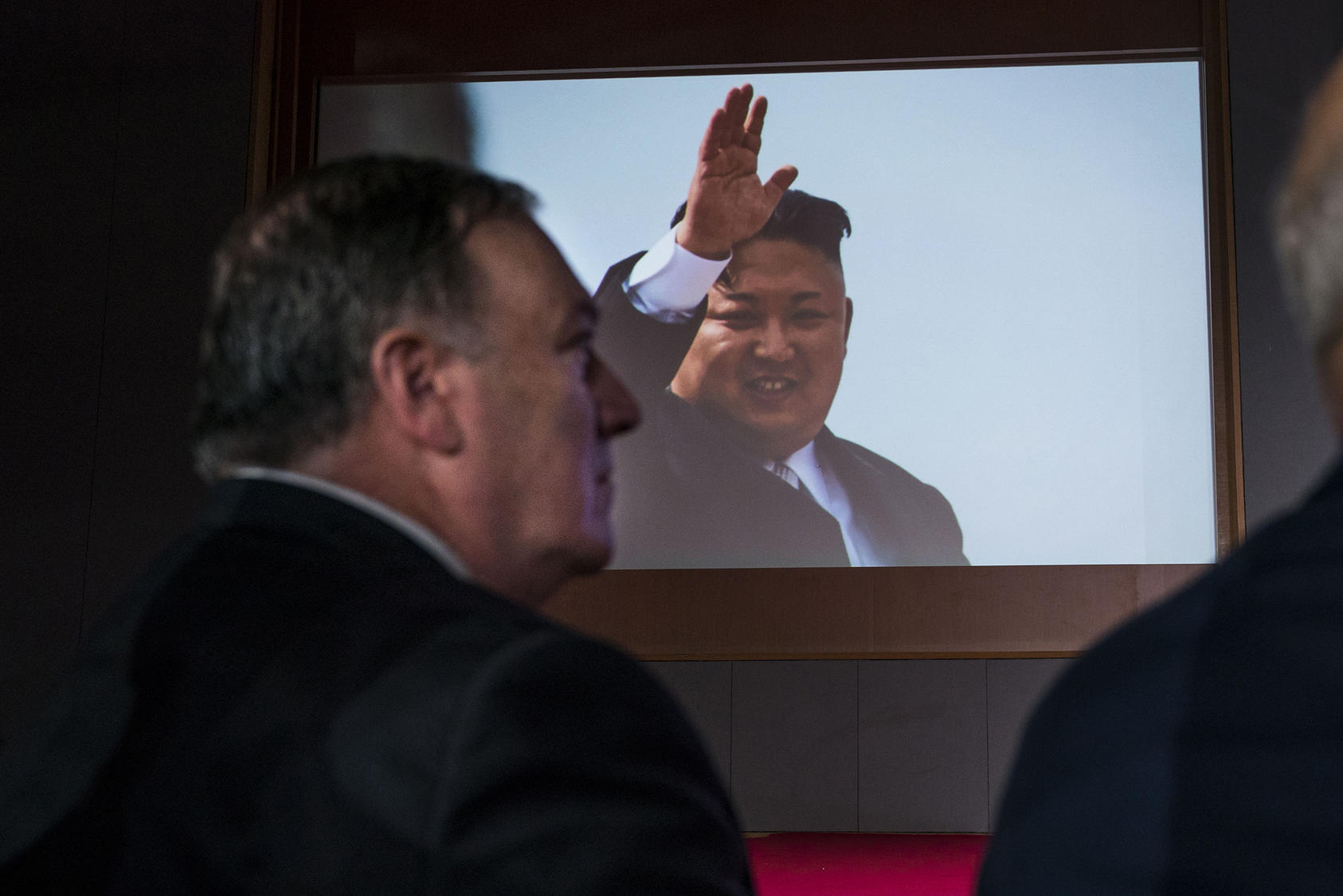The cancellation of Secretary Pompeo’s visit could lead to escalating tensions with Pyongyang
Just last Thursday, U.S. Secretary of State Mike Pompeo said he would be taking his fourth trip to North Korea this week, where he would announce Stephen Biegun as special envoy to Pyongyang. A day later, President Trump cancelled the trip, citing the lack of progress in negotiations. The president also blamed Beijing for working behind the scenes to undermine the talks. USIP’s Frank Aum looks at the ramifications of the trip cancellation for the ongoing talks and what it could signal about U.S. policy moving forward.

Why did President Trump cancel Secretary of State Pompeo’s trip to North Korea?
President Trump tweeted that he canceled the trip because the U.S. is “not making sufficient progress with respect to the denuclearization of the Korean Peninsula.” According to The Washington Post, Secretary Pompeo received a letter from North Korean senior official Kim Yong Chul prior to the planned trip that made it seem like Pompeo would come back empty-handed if he went. So, it appears that President Trump is playing the same cancellation tactic that he used before the Singapore Summit to try and gain some quick leverage against North Korea. It’s not clear that this gamesmanship will work. North Korea is aware of President Trump’s tactics and may be more patient this time. At the same time, North Korea may be thinking that it needs to secure a diplomatic victory before President Trump’s domestic political issues potentially prevent his focus on negotiations.
What does it mean for the momentum of dialogue with North Korea?
Dialogue with North Korea already seemed mired in a stalemate, but the Pompeo visit provided some hope for a potential breakthrough. So, the trip cancellation was another setback. However, like what happened with the Singapore Summit, I think the Pompeo visit will eventually get back on schedule because it is in both U.S. and North Korean interests for senior-level dialogue to occur.
How do other regional powers, particularly South Korea, view the current state of negotiations between Pyongyang and Washington?
South Korea is frustrated by the stalled negotiations because it can’t move forward with inter-Korean cooperation, and its goal of declaring an end to the Korean War by the end of the year, unless the United States and North Korea make more progress. President Moon’s summit meeting in Pyongyang in September will hold greater significance in getting the U.S. and North Korea back on track.
China is frustrated as well, but not so much because of the lack of progress on North Korea. It is instead concerned about President Trump’s willingness to link other issues like U.S.-China trade tensions with the North Korea issue. President Trump seems to think that China is easing up on pressuring North Korea because of hostile U.S. trade actions. But this doesn’t quite make sense. China’s primary motivation for not pressuring North Korea too hard is probably to avoid instability on its border and upsetting its neighbor.
Could the lack of progress lead the Trump administration to abandon talks and apply more pressure on the Kim regime via sanctions?
The Trump administration has been looking for opportunities to sanction entities that have been violating U.N. Security Council resolutions, including recent designations of Chinese, Russian, and Singaporean entities and individuals. But I don’t think the lack of diplomatic progress will lead the Trump administration to abandon talks altogether, at least not in the near future.
Listen to more from Frank Aum on the negotiations on our On Peace podcast.